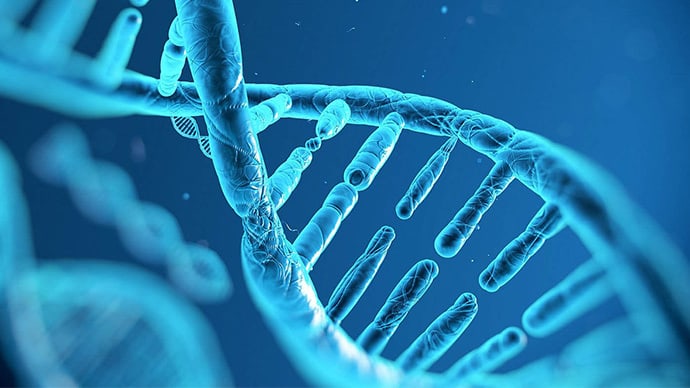Cystic fibrosis (CF) is a genetic disorder that affects the lungs and also other organs like the pancreas, liver, kidneys, and intestine. CF is caused by a mutation in the gene Cystic Fibrosis Transmembrane Conductance Regulator (CFTR). This gene controls the movement of water and salt in and out of your body’s cells. A sudden mutation, or change, in the CFTR gene causes your mucus to become thicker and stickier than it’s supposed to be. This abnormal mucus builds up in various organs throughout the body. Patients with CF have breathing difficulties constantly due to lung infections. Cystic fibrosis may be diagnosed by newborn screening, sweat testing, and genetic testing but there is no known cure as yet. Lung transplant is often the ultimate treatment if it stops functioning.
Promising Cystic Fibrosis Studies
With continuous research and study, scientists have made two Stem Cell discoveries that could help doctors treat cystic fibrosis (CF) without having to do lung transplants
The first study, “Prospective isolation of NKX2-1–expressing human lung progenitors derived from pluripotent Stem Cells”. In this study, An NKX2-1 (also known as thyroid transcription factor 1 (TTF-1), is a protein which is encoded by the NKX2-1 gene in human body) reporter enables purification of human lung, thyroid, and forebrain lineages. It is used in anatomic pathology as a indicator to determine if a tumour arises from the lung or thyroid. This purification method prevents the Stem Cells from producing liver and other cells while they are creating lung cells. This method is important because it extracts the Lung Stem Cell without going through surgeries to remove other cells.
The second study, “Efficient Derivation of Functional Human Airway Epithelium from Pluripotent Stem Cells via Temporal Regulation of Wnt Signaling.” In this study, we can evaluate CFTR function in a quantitative way using high-throughput microscopy. It is done by cultivating lung cells to form tiny balls of cells known as bronchospheres. Two cells lines were used to test the efficacy of the bronchospheres. One from a CF patient whose defected CFTR mutation had been corrected and The other cell line from a CFTR mutation that was defective. the test involved using of a drug to fill the normal lung with fluid while the lung of a CF patient did not swell up. Turning off the Wnt signaling pathway (The Wnt signaling pathways are a group of signal transduction pathways made of proteins that pass signals into a cell through cell surface receptors resulting in a cellular response) would turn immature lung cells into airway cells.
The ultimate goals of these studies is to understand how patients would respond to these treatments and therapies to evaluate lung diseases via testing sample lung cells.
At Verita Neuro, we incorporate treatments using Stem Cells and Supportive Therapies. We are a leading partner with best of the hospitals to provide our clients with effective and safe treatments. For further information and enquiries please contact us and our Patient Representatives shall get in touch as earliest possible.




 English
English